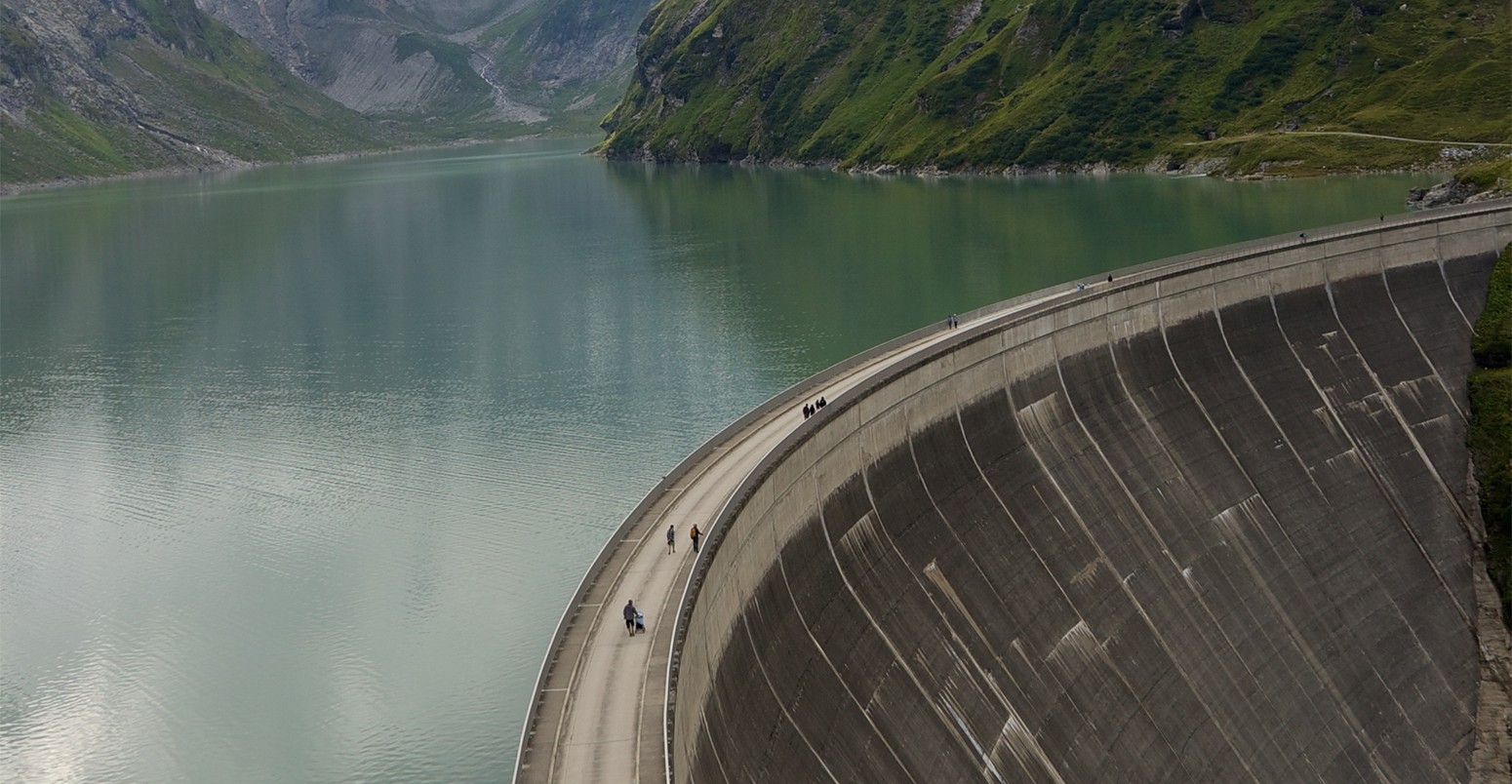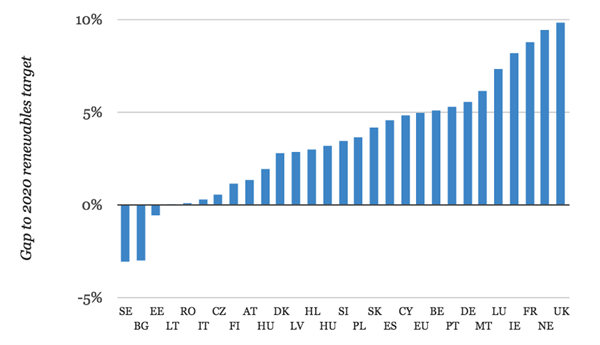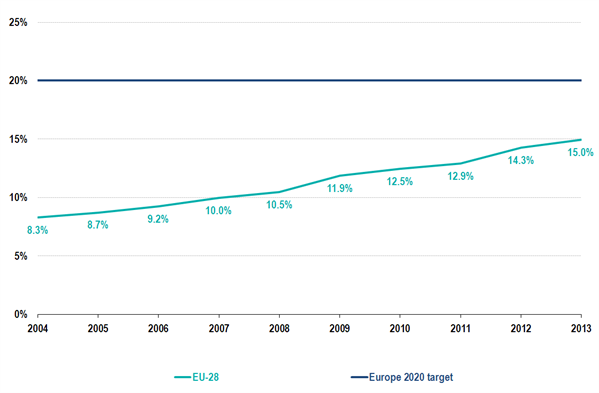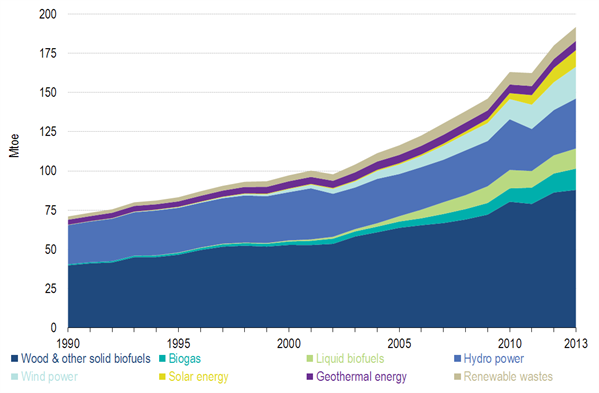
Five charts showing the EU’s surprising progress on renewable energy
Simon Evans
03.11.15Simon Evans
11.03.2015 | 1:06pmRenewables provided 15% of the EU’s energy in 2013, according to new data published yesterday by Eurostat, the EU’s official statistical body.
The figures show the EU is on track to meet its 20% renewables target in 2020. Transport and heat are lagging behind progress in electricity, where wind and solar remain relatively small contributors. The figures also show that the UK is further behind its 2020 renewable energy target than all other member states.
Carbon Brief breaks down the figures to show how the EU is progressing towards its 2020 target, which sectors are going green and where it’s getting renewable energy from.
Member state performance
Under the headline 20% by 2020 EU renewables target, each member state has its own goal. These were set in early 2008 and reflected progress at the time, capacity to add further renewable energy by 2020 and relative wealth. The sum of national targets adds up to the overall 20% goal.
Progress varies widely among the 28 member states. For instance, Sweden, which got 39% of its energy from renewables in 2004, has a 49% target for 2020. It has already exceeded this target by 3% (far left column, below).

Member states’ gaps between their renewable energy shares in 2013 and their targets for 2020. Sweden (SE) has exceeded its target. The UK is furthest behind, closely followed by the Netherlands (NE). Source: Eurostat. Chart by Carbon Brief.
The UK is near the bottom of the pile, with a 5.1% renewable share in 2013 up from 1.2% a decade earlier. Only the Netherlands, Luxembourg and Malta get a lower share of their energy from renewables than the UK.
The UK is further behind its 2020 target than any other member state, remaining 10% short of its 15% goal for 2020 (far right column, above). Renewable energy’s share of the energy mix has grown more quickly in the UK than in most other member states, however.
In the decade to 2013, the UK renewable share quadrupled, a feat matched only by Belgium, Luxembourg and Malta. The German renewable share doubled over the same period.
EU progress
Once all the member state contributions are added up, the EU is making steady progress towards its 2020 target. The EU renewable energy share has increased from 8% to 15% in the decade to 2013, as the chart below shows.

Renewable energy’s share of the EU energy mix is moving steadily towards the 2020 target of 20%. Source: Eurostat.
If the EU maintains its current rate of progress it will meet the 2020 renewable target. It’s worth noting that part of this progress is down to reductions in overall energy use, with the EU now using as much energy as it did back in 1990. So EU renewable energy use is growing against a background of falling energy use overall.
Renewable energy sources
When it comes to renewable energy, people tend to think first of wind and solar power. But around 40% of EU renewable energy comes from wood (dark blue area, below) and another 20% from hydropower (mid blue). Much of the wood goes towards heating.

Sources of EU renewable energy use between 1990 and 2013. Source: Eurostat.
Renewables contribute 26% of EU electricity, 17% of heating and cooling and 5% of transport, as the chart below shows. It’s generally thought to be easier to decarbonise the electricity sector than heating or transport, where oil and gas continue to dominate.

Renewable share of the EU energy mix for electricity, transport and heating and cooling. Source: Eurostat. Chart by Carbon Brief.
Wind and solar provide a rapidly growing share of EU renewable electricity. However, solar still only provides a small slice (yellow area, below), while wind (light blue) is now the second largest source after hydropower (mid blue area).

Sources of EU renewable electricity between 1990 and 2013. Source: Eurostat.
Conclusion
The latest data from Eurostat suggests its on track to meet its 2020 renewables target, but progress is mixed between sectors and member states. The EU is ahead of its interim goal for renewable heat and power, but behind in transport.
The journey doesn’t end in 2020, however. The EU has a new target, agreed last October, to raise its renewable energy share to 27% per by 2030. This target is non-binding.

